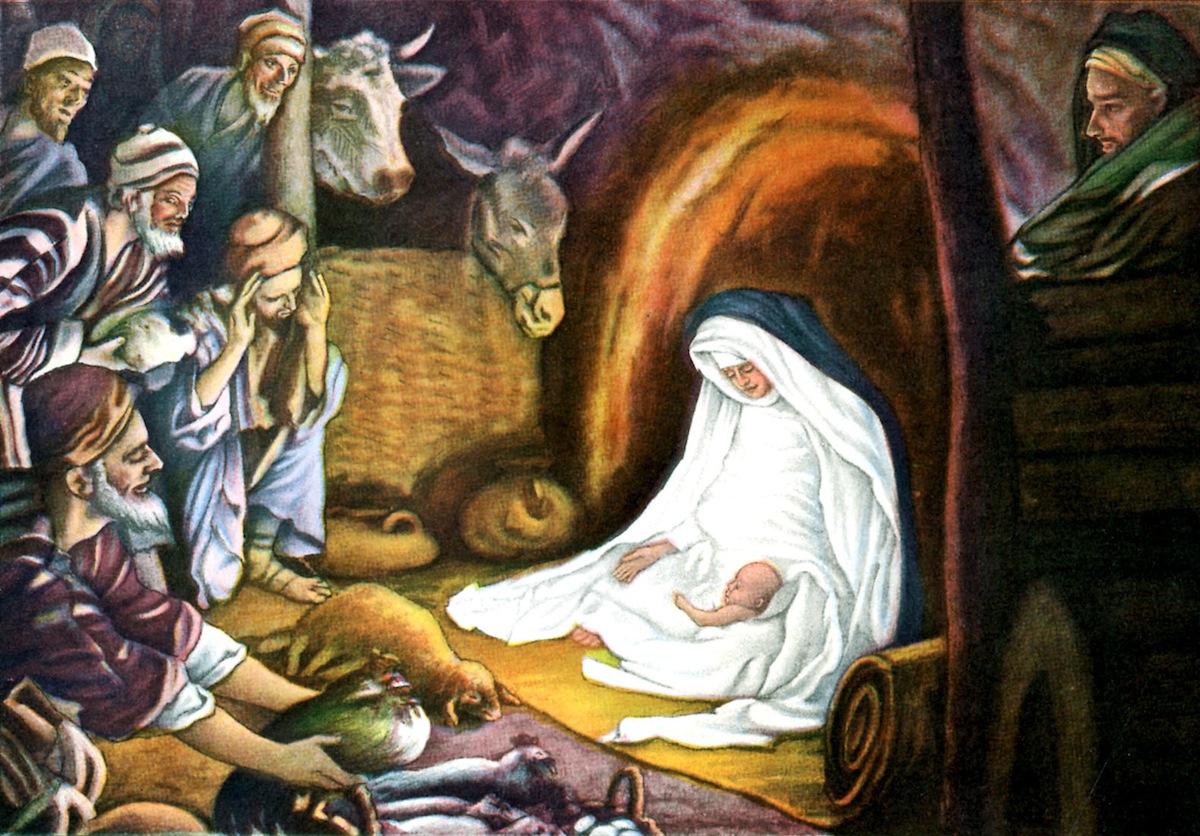
Think you know what the New Testament says happened on the first Christmas? As TIME reported in a cover story in 2004, the answer — or lack thereof — may surprise you.
The Christmas-pageant version of the nativity (wise men, manger, angels) seems straightforward, at least as far as a virgin-birth narrative can be. But different gospels, not to mention more recent scholars, differ on what supposedly happened that night. As TIME explained:
[H]ow peculiar it is to find that the actual Gospel Nativities are the part of Jesus’ biography about which Bible experts have the greatest sense of uncertainty–even more than the scripture about the miracles Jesus performed or his sacrificial death. Indeed, the Christmas story that Christians know by heart is actually a collection of mysteries. Where was Jesus actually born? Who showed up to celebrate his arrival? How do the details of the stories reflect the specific outreach agendas of the men who wrote them?
In the debates over the literal truth of the Gospels, just about everyone acknowledges that major conclusions about Jesus’ life are not based on forensic clues. There is no specific physical evidence for the key points of the story. There are the Christian testimonies, which begin with Paul in the 50s A.D. and are supported in part by a 1st century Roman reference to “Jesus, the so-called Christ,” a “wise man” who “won over many of the Jews and also many of the Greeks,” and who is described as crucified in accounts from the next century. Beyond such testimony, there are literary tools used to weigh plausibility. Were the Christian narratives written close after the events? Were there many talkative eyewitnesses? Do they agree? The details of Jesus’ birth–in a humble place attended by only a few–are ill suited to the first two criteria. Mark and John do not tell about the Nativity at all. And despite agreeing on the big ideas, Matthew and Luke diverge in conspicuous ways on details of the event. In Matthew’s Nativity, the angelic Annunciation is made to Joseph while Luke’s is to Mary. Matthew’s offers wise men and a star and puts the baby Jesus in a house; Luke’s prefers shepherds and a manger. Both place the birth in Bethlehem, but they disagree totally about how it came to be there.
Each of the different tellings may have its own reasoning — for example, which audience the gospel-writer was trying to reach — and scholars may continue to debate, but there is, at least, one thing everyone seems to agree on: the lobsters are a recent invention.
Read the full story, here in the TIME Vault: Behind the First Noel
More Must-Reads from TIME
- Why Biden Dropped Out
- Ukraine’s Plan to Survive Trump
- The Rise of a New Kind of Parenting Guru
- The Chaos and Commotion of the RNC in Photos
- Why We All Have a Stake in Twisters’ Success
- 8 Eating Habits That Actually Improve Your Sleep
- Welcome to the Noah Lyles Olympics
- Get Our Paris Olympics Newsletter in Your Inbox
Write to Lily Rothman at lily.rothman@time.com